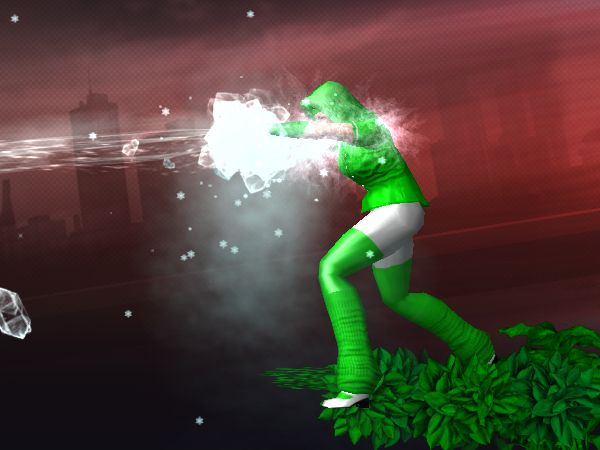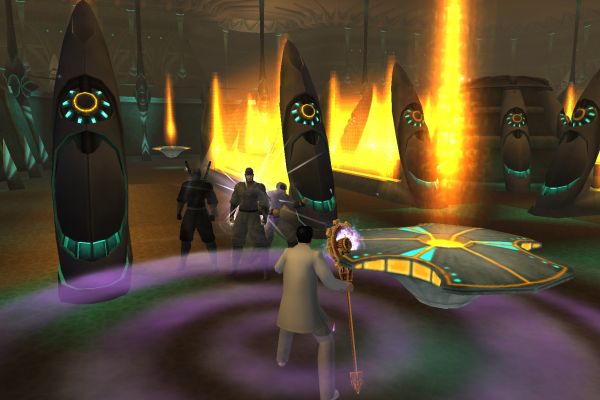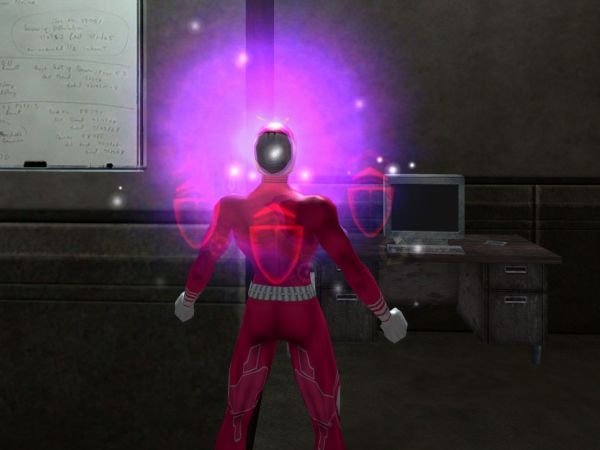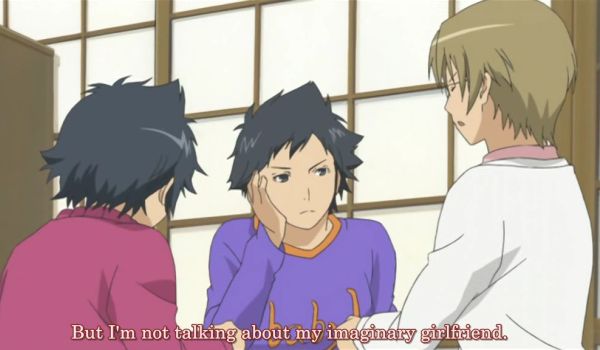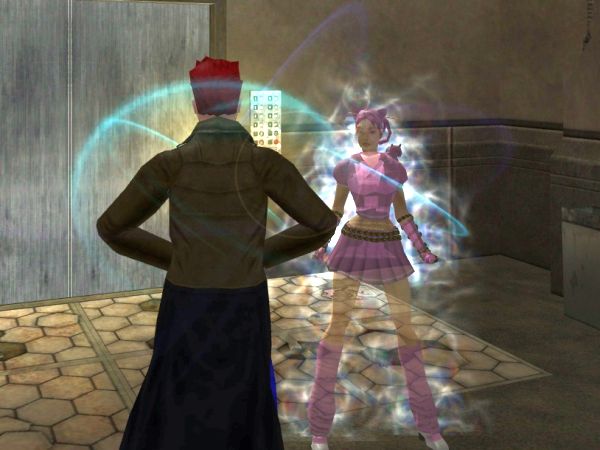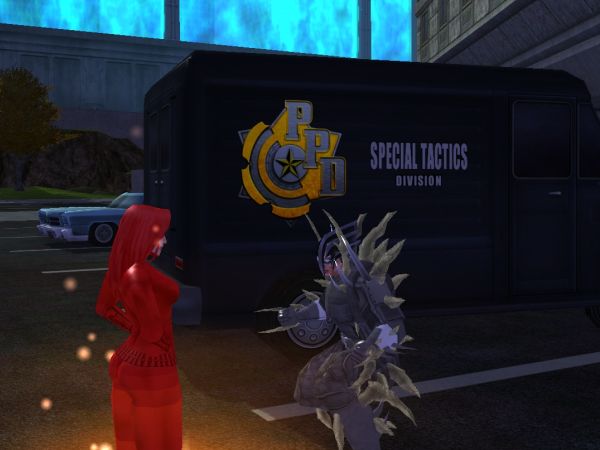
The Were-Porcupine lives! (Willpower/Spines Tank.)
During Easter week, the news broke that the online game City of Heroes had not died at the end of November 2012, as most of us had been told. A secret cabal of reverse engineers had been able to set up a private server (possibly with the help of a former employee at Paragon Studios). For about six years, the cabal and their trusted friends had played the game that the rest of us could only watch in old YouTube videos (many of them in low resolution, as was common back then).
The source code went public during Easter, and a privately run server went public shortly after. Almost 20 000 players had signed up before a fake cease & desist warning caused the server and the forums to be wiped to protect the not entirely innocent.
A couple days later, a new server appeared, and thousands of people have once again signed up. It is kind of bizarre that this game was shut down when other games keep sputtering along with only a few hundred players. It is clear that City of Heroes was dearly loved by many of its players, not only me. So I have conferred with the voices in my head and learned what made this game so special.
The secret ingredient
The thing people remember above all is the game’s community, the positive and inclusive and helpful atmosphere. Indeed that is a thing that stands out, but did this happen just because it was a superhero game? There have been others after it, that failed to create the same community.
And then, observing the game anew in 2019, I realized. Forming a party is an essential part of a multiplayer game, whether you are playing with dice at home or online with thousands of strangers. Parties / teams / groups / felllowships make or break the game. And only one game has a structure that makes virtually every class a welcome addition to virtually any team. That is City of Heroes, and the reason is its archetypes.
Archetypes
Instead of traditional classes like Warrior, Priest and Mage, CoH had a handful of archetypes. On the face of it they were just classes by another name, but there was one difference: Each archetype had a primary and secondary power set, with different functions.
Tankers can withstand massive damage, survive and bounce back. But they can also deal a more modest amount of damage to nearby enemies. With Scrappers it is the other way around, they do massive local damage and can withstand some. Blasters can do massive damage even at a distance and also have some modest crowd control (rendering opponents helpless or at least partly disabled for a while). Controllers can do massive crowd control and have modest team support abilities (healing, damage reduction, efficiency boosts). And Defenders have massive team support while doing modest damage at a distance, thus concluding the little triangle of behind-the-frontlines archetypes.
So basically if you have any one archetype and you add another, you will get some serious benefits to both, no matter which it is. If you add someone with the same archetype, you will still get a modest benefit, because of the dual nature of the archetype. It also lets one archetype substitute for another in a pinch, then revert to its strongest role if another player joins that is better suited.
While certain combinations of heroes work best together and lets you go through more challenging missions faster, you will always get a major boost from teaming up with another archetype and at least a minor boost from the same archetype. This means that instead of the “Team needs Healer” and “Team needs Tank” that you see in other online games, CoH will have a lot of “Team looking for more”, plain and simple. Because everyone is welcome. And that, gentle reader, makes a huge difference to how you perceive a game. The feeling of being welcome everywhere, being appreciated, being able to pull your weight and help anyone you meet? That is what creates a POSITIVE atmosphere that persists for years after the game itself is gone.
Or is it? With thousands of players gathering on the privately owned server as we approach the game’s 15th anniversary on April 27, it seems that NCSoft’s snap decision has been undone … at least for now.
To be continued…?

